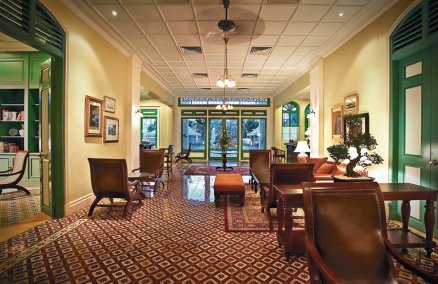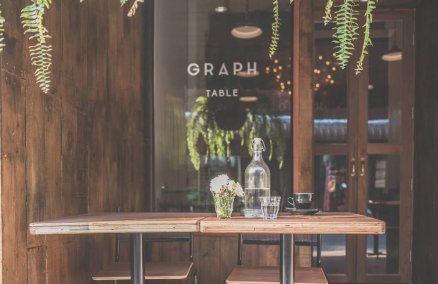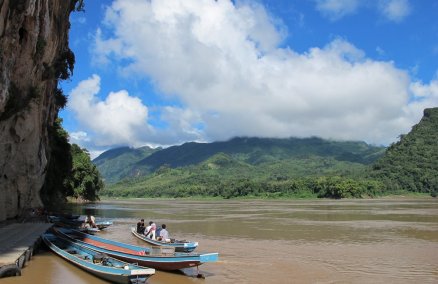Every art show ignites some sort of change in me. My art is drawn from my experiences, my learning and my fondness for certain things. So, when I get comments from people about my work, it helps me shape things in my head.
My shows at the Venice Biennale helped me connect with the feelings of Thai people living abroad. Some came to see my show and cried with pride at the fact that Thai artists were present at this big international event. I never thought such a thing was important, but now I do. Thai art helped them come together.
Communities are key to a long-lasting art scene. I’ve tried to bring the arts into people’s daily lives, but it means nothing if they don’t participate or connect with it.
It’s important to encourage people to make art by whatever means possible. I’m supportive of people creating any type of art, even sewing bags. This can only help our art grow.
People are drawn to art when they see some benefit. I admit that not everyone in Ratchaburi admires art. But when it brings benefits, like more visitors, it might encourage them to participate more. It depends on them understanding [the benefits].
Art isn’t something that has to be put in a frame. Thai society still treats art as this standalone concept. People aren’t really aware that it’s part of their daily life. The way you hang a picture on your wall or decorate your desk—art is all around you.
Crafts haven’t always been in my interests. I used to feel opposed to it when I found out I was to be the next generation to take care of Tao Hong Tai. I didn’t care about studying as I knew that no matter what, I had to come back to run the business. I even studied to be a librarian for a semester before my dad sent me to study overseas.
Studying in Germany was my destiny. I felt so depressed about being sent there. I even wondered, why did I have to be put through all this shit? I had no choice but to take a pottery class to get a certificate to get into university. After two years, I started loving it.
The way Germans live surrounded by art inspired me to create that kind of environment back in Thailand. They have beautiful architecture, galleries and city planning. I want our kids to have that here. I’ve started doing it myself—it might not be much but it’s better than having nothing.
Being surrounded by art doesn’t automatically make someone an artist, but living in beautiful surroundings can stimulate imagination and creativity. It can also help people feel a bond with their place. Even getting one person to feel this way is a success.
Dealing with bureaucracy is really exhausting. I’m fed up with talking to administrators and having to really push for some art project or another to take place in town.
Doing what you love can help you conquer anything. No matter how down I feel, I know what I’m doing and what I’m aiming for.
Everyone needs something to hold on to. Some people love to collect cars, watches or brand names. I don’t have anything I like to collect. All I want to do is continue to push my art.
People might think I have so much money that I can make all this stuff happen, but I don’t. I have to run my family business, earning my normal salary, while trying to put on art projects in town at least twice a year. I can’t take a break, otherwise we’d have to start all over again.
It’s good that art elicits a reaction from people, whether it’s good or bad. The R.C.A. Ratchaburi Construction Workers project by Ralf Tooten got complaints from locals who said it disturbed their neighborhood—which, for me, was a good thing. At least, it helped them realize that they cherish their neighborhood.
Really study an artwork before criticizing it. I’m OK with comments that my work isn’t any good, but other comments made without any real understanding are simply unfounded.
I don’t have any big dreams. My ultimate goal is to simply run my business and help the art community grow. That’s it. I don’t want to be at the center of everything, either—it’s up to others to support it.
There’s no right time to help others. Many people seem to wait for the perfect opportunity to stand up and do something for society. But from my experience, no matter how ready you are, you will always encounter challenges. So, you may as well just get started.



















